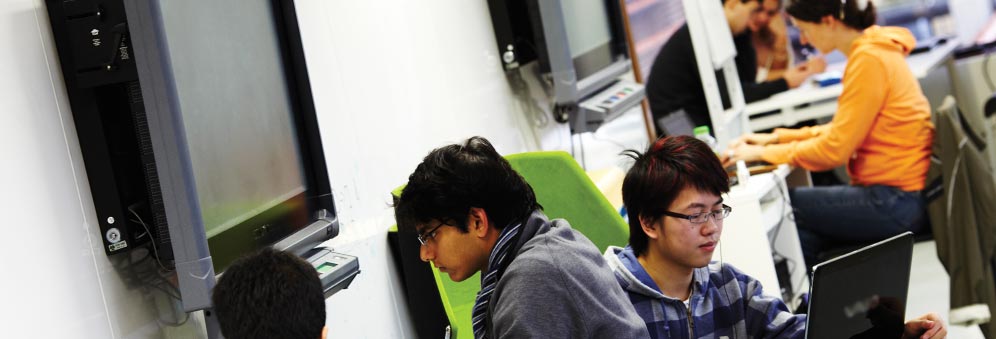Bringing Wi-Fi to the mass market
The University's major role in establishing standards, developing products and testing methodologies has helped turn Wi-Fi into a global phenomenon.
The University’s role in the Wi-Fi revolution began over 20 years ago when its research led directly to the development of common industry standards. These standards ensure that PCs, smartphones, set-top boxes and tablets from different manufacturers all use the same protocols to connect wirelessly to the Internet.
Helping to set standards
The work started in 1992, when Bristol’s Communication Systems & Networks (CSN) Group in the Faculty of Engineering led the radio technology development for Europe’s first Wireless Local Area Network (WLAN) research project. This ground breaking research played a major role in developing early radio standards for data transmission that were later adopted into IEEE 802.11a/g/n/ac, the Wi-Fi standard that is now used in billions of devices world-wide.
Putting products on the shelves
Subsequently University of Bristol researchers have been involved in developing innovative Wi-Fi-based products that deliver better services for consumers. In particular, the Faculty of Engineering’s research into wireless and video signal processing led to the spin-out company ProVision Communications Ltd, which was acquired by Global Invacom in 2011.
Global Invacom has since been able to exploit Bristol’s patents and technologies to develop an innovative range of wireless video products for the satellite and cable TV industry. This range includes a robust wireless HDTV transmission system for the home that is widely available from major retailers such as Amazon. Bristol developed the video and Wi-Fi adaptation algorithms that ensured these units were the first to deliver carrier-grade high-definition video in domestic environments using the Wi-Fi standard.
Partnering with industry
In recent years, the University’s CSN group has worked with major media companies and broadband providers to make sure that high-quality Wi-Fi is available in as many homes as possible. It worked closely with BSkyB in 2011, for example, to optimise the antenna system on Sky’s Wi-Fi-enabled Hub (the broadband router it supplies to its customers). CSN used its own models for radio transmission in the home to ensure that integrated antennas gave near-optimal performance when enclosed in the Hub’s casing. BSkyB launched the new Sky Hub in October 2012 and subsequently supplied it to over 4 million UK broadband subscribers.
In another project, University of Bristol researchers played a major role in developing a de facto Wi-Fi test standard that addresses the need to verify and validate the Wi-Fi performance of new products. The approach combines the CSN Group’s work in Wi-Fi antenna design, integration and verification with in-home propagation modelling (ray tracing) and multi-antenna throughput evaluation. Using this new process, CSN worked with Virgin Media to ensure that the new Virgin Super Hub, launched to 4.3 million UK subscribers in 2013, met required standards for cost, performance and quality of service.
The value of innovation
Professor Andrew Nix, Head of the CSN Group, sums up the value that these kinds of innovations have brought to the communications industry and its consumers.
“The CSN group has contributed to the development of WLAN modulation and coding developments, Wi-Fi multiple antenna algorithms, in-home radiowave propagation models and robust video-over-Wi-Fi strategies that have helped bring about global wireless communication standards that are now commonplace around the world,” says Nix. “These innovations have generated much revenue and employment through the development of innovative products and services. They have also significantly improved customers’ Wi-Fi experiences in the home.”

